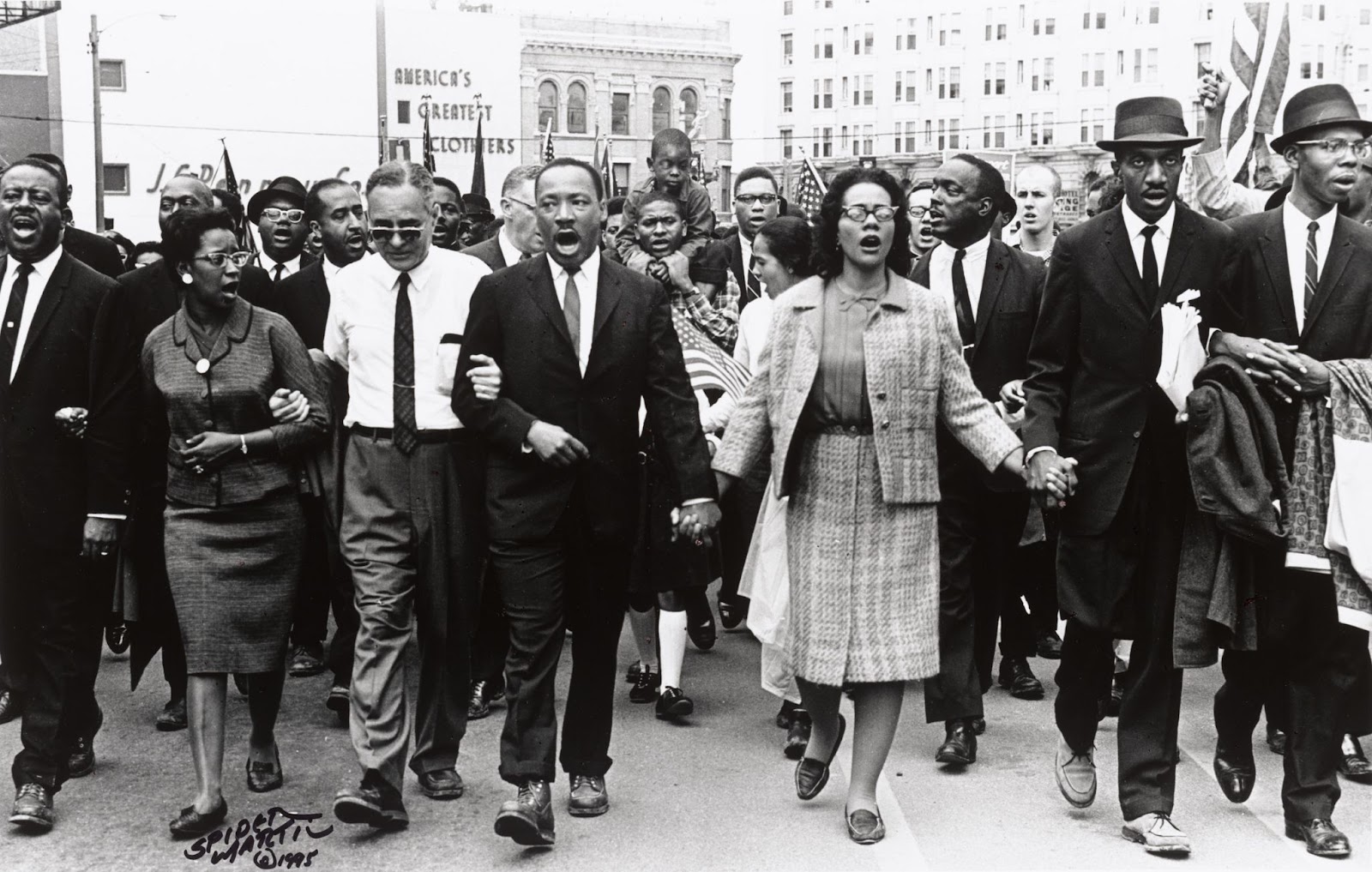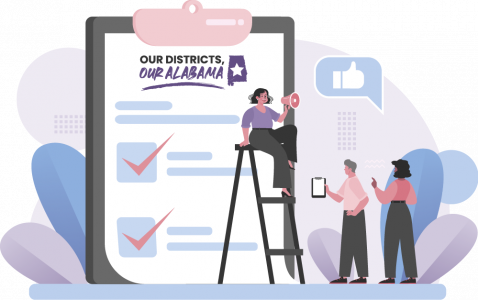Racial gerrymandering is a term that’s used to describe the practice of diluting representation within communities of different races. It’s a form of voter suppression and was used to try and give one elected official or candidate an advantage over their opponent. Let’s take a deeper look into the history of racial gerrymandering and how minority communities are still affected by partisan gerrymandering today. You can learn more about what partisan gerrymandering is and how it dismantles fair representation here.
What Is Racial Gerrymandering?
Unlike partisan gerrymandering, racial gerrymandering – intentionally drawing district lines to diminish the voting power of a protected minority – is illegal. Racial gerrymandering commonly occurred by using two different methods. Firstly, the term ‘cracking’ refers to splitting up communities with common interests, diluting their representation for the issues that matter to their community. ‘Packing’ refers to concentrating the voices of minority communities into one district, minimizing the number of representatives advocating for their communities. Elected officials are no longer allowed to do this based on race, but these methods are still used.
The Voting Rights Act of 1965
The Voting Rights Act of 1965 was signed into law by President Lyndon B. Johnson. It is one of the most significant civil rights laws in history and works to guarantee the voting rights of minorities under the 15th Amendment to the U.S. Constitution. On May 25, 1965, the bill was passed by the U.S. Senate. It banned literacy tests and allowed the U.S. attorney general the right to investigate poll taxes and their use within elections. In addition to these and dozens of other voter protections, the Voting Rights Act of 1965 outlawed racial gerrymandering. Maps that violate racial gerrymandering laws are challenged in court and often thrown out.
How Gerrymandering Still Impacts Communities of Color Today
Gerrymandering is still being used today and affects minority communities throughout the country. The two methods of gerrymandering we discussed earlier, packing and cracking, are the key ways elected officials sway representation. Many Black, Brown, Hispanic, Asian, and other minority communities lose access to valuable resources. These may include affordable healthcare options, government programs, and quality education.
Alabama Election Protection Network is working to engage and educate Alabamians on the importance of fair districting. Find out how you can get involved and stand up for the issues that matter to you here.






